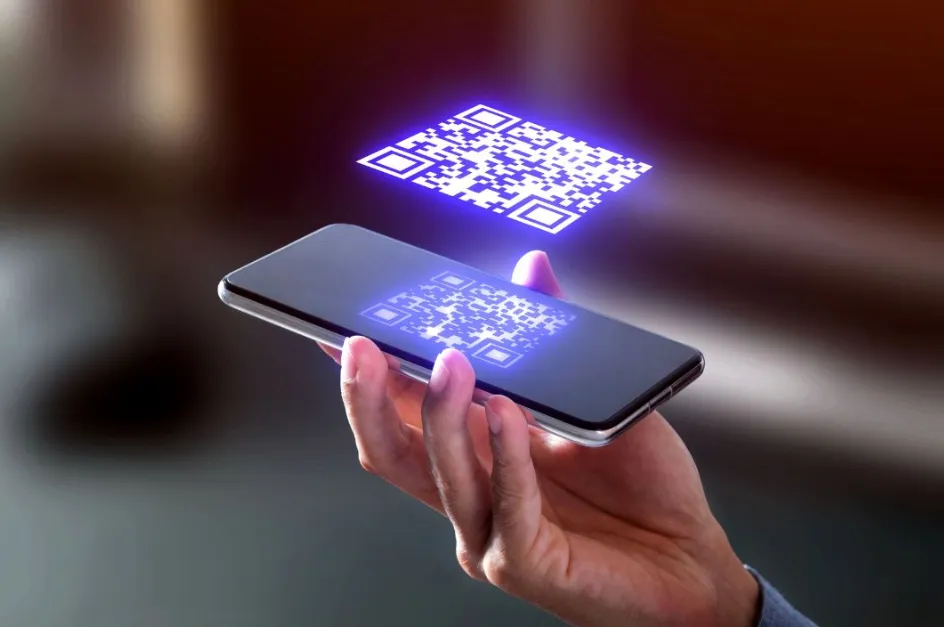QR codes have become an essential tool for businesses and individuals looking to share information quickly and efficiently. Whether you’re promoting a website, sharing contact details, or directing users to a specific webpage, QR codes offer a seamless way to connect with your audience.
What is a QR Code?
A QR (Quick Response) code is a type of barcode that can store various types of information, such as URLs, text, or even payment details. When scanned using a smartphone or QR code reader, it instantly directs users to the embedded content.
Why Use QR Codes?
QR codes have gained popularity due to their convenience and ease of use. Some key benefits include:
- Instant access – Users can scan and open links without manually typing them.
- Marketing efficiency – Businesses use QR codes in advertisements, flyers, and business cards to engage customers.
- Contactless sharing – Ideal for payments, restaurant menus, and event tickets.
How to Create a QR Code for a Link
Generating a QR code is a simple process that requires minimal technical knowledge. Here’s how you can do it:
- Choose a QR Code Generator – There are several free and paid online tools, such as QR Code Generator, QRStuff, or Canva.
- Enter Your Link – Copy and paste the URL you want the QR code to direct users to.
- Customize (Optional) – Some generators allow you to add colors, logos, and shapes to make the QR code visually appealing.
- Generate & Download – Click the “Generate” button, then download and save the QR code for use in your marketing materials.
- Test Before Sharing – Scan the QR code with a smartphone to ensure it works correctly.
Conclusion
QR codes are a powerful tool for bridging the gap between offline and online engagement. Whether you’re a business owner or an individual looking to share links easily, creating a QR code is a straightforward process that enhances accessibility and user experience.
